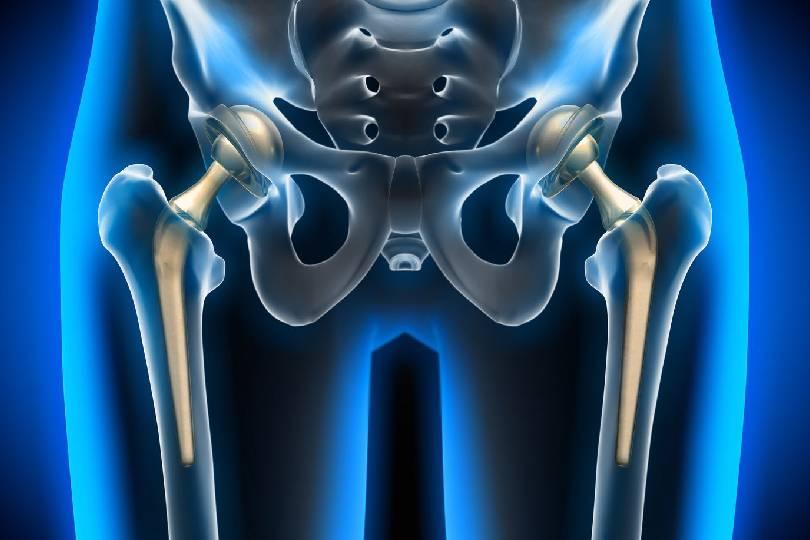Hip Replacement
Hip replacement is a surgical procedure in which a damaged or worn-out hip joint is replaced with an artificial implant. It is commonly performed to relieve pain and restore mobility in patients suffering from severe arthritis, hip fractures, or other joint disorders.
Types of Hip Replacement:
- Total Hip Replacement (THR): The entire hip joint, including the ball (femoral head) and socket (acetabulum), is replaced with prosthetic components.
- Partial Hip Replacement (PHR): Only the femoral head is replaced, typically performed for certain hip fractures.
- Hip Resurfacing: A procedure that preserves more bone by capping the femoral head with a smooth metal covering.
Procedure:
- The damaged femoral head is removed and replaced with a metal, ceramic, or plastic ball.
- The hip socket (acetabulum) is reshaped, and an artificial cup is placed inside to allow smooth movement.
- The new components are secured using bone cement or a press-fit technique that encourages natural bone growth.
Recovery and Rehabilitation:
- Hospital stay of 1–3 days, depending on the patient's condition.
- Physical therapy is crucial to regain strength, flexibility, and balance.
- Full recovery typically takes several months.
Benefits:
- Significant pain relief
- Improved mobility and quality of life
- Long-lasting results (typically 15–20 years or more)
Risks:
- Infection
- Blood clots
- Dislocation of the artificial joint
- Implant wear over time
Hip replacement is a highly successful procedure that can restore an active lifestyle for many patients.

